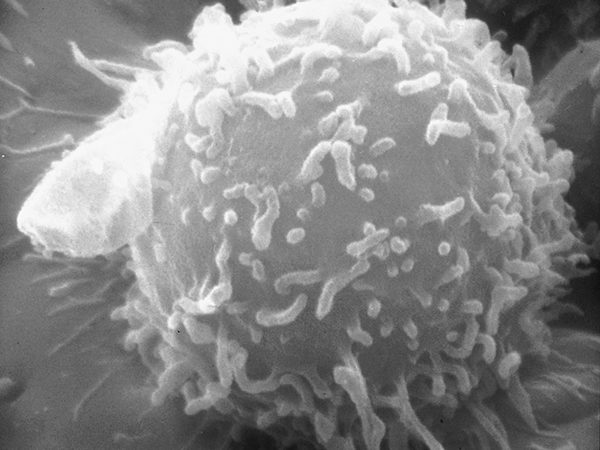Common Rule, Aimed at Protecting Human Research Participants, Gets an Update
Editor’s note: Last month, 16 federal agencies issued a Final Rule that updates the Common Rule, which sets regulations for federally funded research on human subjects. Here’s a look at how the new policy came together, including input from the AACR.
Every year, thousands of individuals, including cancer patients and survivors, make the selfless choice to participate in federally funded cancer research so that effective preventive strategies and treatments continue to make a difference in the lives of those affected by cancer. Because the samples and data provided by these research participants have the potential to positively impact the lives of millions of patients long after they have been collected, research and patient advocacy groups and organizations, including the American Association for Cancer Research (AACR), have long worked to reconcile the need to protect the safety and privacy of research participants with the needs of researchers in a rapidly changing scientific landscape.
Current protections based on basic ethical principles for federally funded research involving human subjects stem from the Federal Policy for the Protection of Human Subjects, known as the “Common Rule,” published in 1991. Since then, the way biomedical research is designed and conducted and the technology available to researchers has evolved, but the Common Rule had not been updated to better address those changes until now.
In September 2015, the U.S. Department of Health and Human Services (HHS) and the other agencies involved in the Common Rule published potential changes through a Notice of Proposed Rulemaking (NPRM). These changes aimed to enhance safeguards for individuals who participate in cancer and other biomedical research while making it easier for scientists to conduct lifesaving research on samples provided by these individuals.
More than 2,100 comments on the proposed changes were submitted, including a letter by the AACR together with the American Cancer Institutes (AACI), American Society of Clinical Oncology (ASCO), and American Society of Radiation Oncology (ASTRO) in January of 2016. While the AACR supported many of the proposed revisions, we also had some concerns that we hoped would be addressed in the final rule.
One of the provisions of the proposed rule that concerned the AACR referred to the use of biospecimens (blood, cancerous tissue, urine, etc.) that become available from clinical care or research. Under existing policy, if identifiable information is removed from these samples but cannot be traced back to the individuals who donated them, then researchers may use these samples for future studies without having to obtain new consent forms from the donors. Initial drafts of the changes to the Common Rule, however, would have required additional consent for future use of de-identified samples, which would have placed a large administrative and financial burden on scientists and research institutions.
The AACR was pleased that the Final Rule, issued last month, removed that requirement, as we had suggested in our comments. The Final Rule does, however, contain several changes to the way research is conducted on human subjects, and we are confident that the changes are a positive step in the right direction.
Because the Common Rule will not become effective until January 2018 (except for provisions dealing with cooperative research, which become effective January 2020), the Trump administration can choose to delay the effective date or revisit aspects of the Final Rule before that date. There is currently no indication, however, of any plans to target the Common Rule. The recently passed 21st Century Cures Act (Cures) calls for work groups to study the Common Rule, and also requires that HHS and the U.S. Food and Drug Administration (FDA) harmonize FDA human subject protection regulations with the Common Rule within three years of Cures’ enactment.
We look forward to continuing our work with HHS and other Common Rule agencies on behalf of researchers, patients, and advocates to address how we can further strengthen protections for the privacy and safety of research participants and reduce administrative burdens on researchers.



